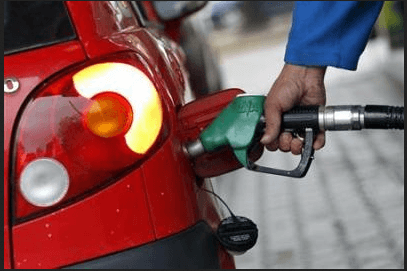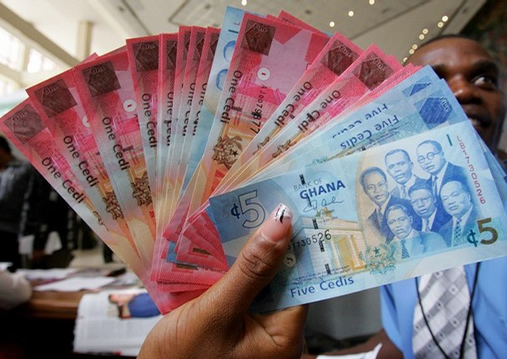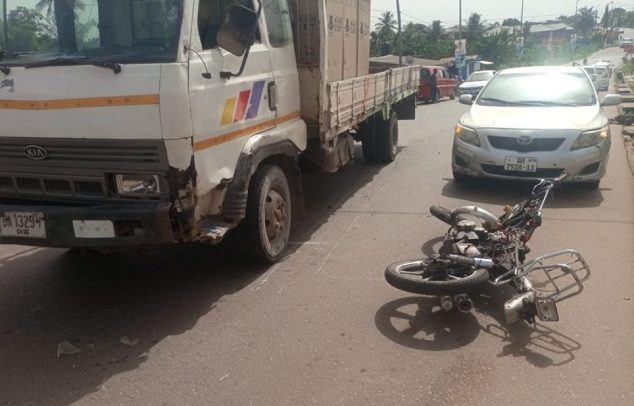
…insist on 10% tariff increase for sustainability
By Joshua Worlasi AMLANU & Enoch OWUSU-APPIAH
The Ghana Insurers Association (GIA) has mandated it members to implement a 10 percent increase in motor insurance tariffs, citing the impact of inflation and currency depreciation on operational costs.
The decision, which took effect on February 1, 2025, follows deliberations at an emergency meeting of insurance industry leaders on January 31.
This follow an earlier statement from the insurance regulator, National Insurance Commission (NIC), informing the industry of a temporary halt in implementation of the new motor tariff – as previously announced in our letter dated 23rd December 2024 to the Ghana Insurers Association (GIA) and Insurance Brokers Association of Ghana (IBAG) – due to unforeseen developments.
“You are therefore advised to price your motor policies using the approved 2024 tariff. The Commission will communicate any further developments regarding the motor tariff in due,” NIC said its statement dated January 29, 2025.
However, GIA has cautioned that any insurance company that fails to comply with the agreed tariff adjustments by the Association will face sanctions under it’s constitution. It stressed the importance of industry-wide compliance to maintain fairness and stability in the sector.
According to the Association, insurance companies have been grappling with rising inflation over the past two years – with Ghana’s inflation rate reaching 23.8% in December 2024.
Additionally, the cedi depreciated by an average of 24.8% against the US dollar on a year on year basis in 2024, significantly increasing the cost of spare-parts – a major component of motor insurance claims.
These economic pressures, the Association says, have made it difficult for insurers to maintain sustainable pricing; prompting the necessity for adjustments in premiums.
Kingsley Kwesi Kwabahson, Chief Executive Officer-GIA, explained that despite these financial pressures motor insurance tariffs have only increased by 20 percent over the past three years – which is far below the rise in associated costs.
“The industry has been absorbing rising costs for a long time, but we have reached a point where a modest increase is necessary to ensure the continued ability of insurers to settle claims,” he noted.
The new pricing structure means that private vehicle owners will pay a minimum of GH¢530 annually, up from GH¢482, while commercial drivers including taxi operators will see their premiums rise from GH¢637 to GH¢701. Motorcyclists, who face higher risk exposure, will experience the largest percentage increase with premiums going up by nearly 20 percent from GH¢252 to GH¢302.
GIA addressed concerns about the premium hikes’ legality, clarifying that the increases comply with Insurance Act, 2021 (Act 1061). Under section 256 of the Act, insurers have the right to adjust premiums based on their risk exposure to ensure sustainability of claim payments.
“Insurance companies operate within the legal framework that allows them to price their policies according to market conditions. This adjustment is well within regulatory guidelines,” the GIA CEO emphasised.
DDEP effects
Beyond inflation and currency depreciation, insurers are also struggling to recover from the impact of government’s Domestic Debt Exchange Programme (DDEP) introduced in December 2022. The programme, which restructured Ghana’s debt, affected the liquidity of many financial institutions – including insurance companies. This, combined with rising operational expenses, has made it difficult for insurers to maintain a stable financial footing without revising premium rates.
Despite the adjustments, GIA emphasised that the increases have been kept minimal, with the lowest premium hike translating to just GH¢4 per month or 13 pesewas per day. The association reassured policyholders that the revised rates are necessary for maintaining service quality and ensuring the financial sustainability of insurers.
GIA noted that the new tariffs were determined after consultations with key stakeholders, including transport unions and operators. One major benefit of the adjustment is an increase in Third Party Property Damage Indemnity, which will go up by 33.33 percent.
Effectively, this is expected to translate into policyholders receiving better coverage in the event of accidents that cause damage to third-party property.
“The feedback we received from customers showed a strong demand for higher property damage coverage. We have responded to that by improving the indemnity limits, which will ultimately provide more protection to insured parties,” Mr. Kwabahson said.
The post Motor insurance hike: Insurers cite inflation, cedi depreciation appeared first on The Business & Financial Times.
Read Full Story









![‘I’m a Supplier’- Interdicted police officer admits selling opioids to youth [Video]](https://sportal365images.com/process/smp-images-production/pulse.com.gh/05052025/fc3b0efb-cfe0-47e6-9110-1dafcd7a834d.png)








Facebook
Twitter
Pinterest
Instagram
Google+
YouTube
LinkedIn
RSS